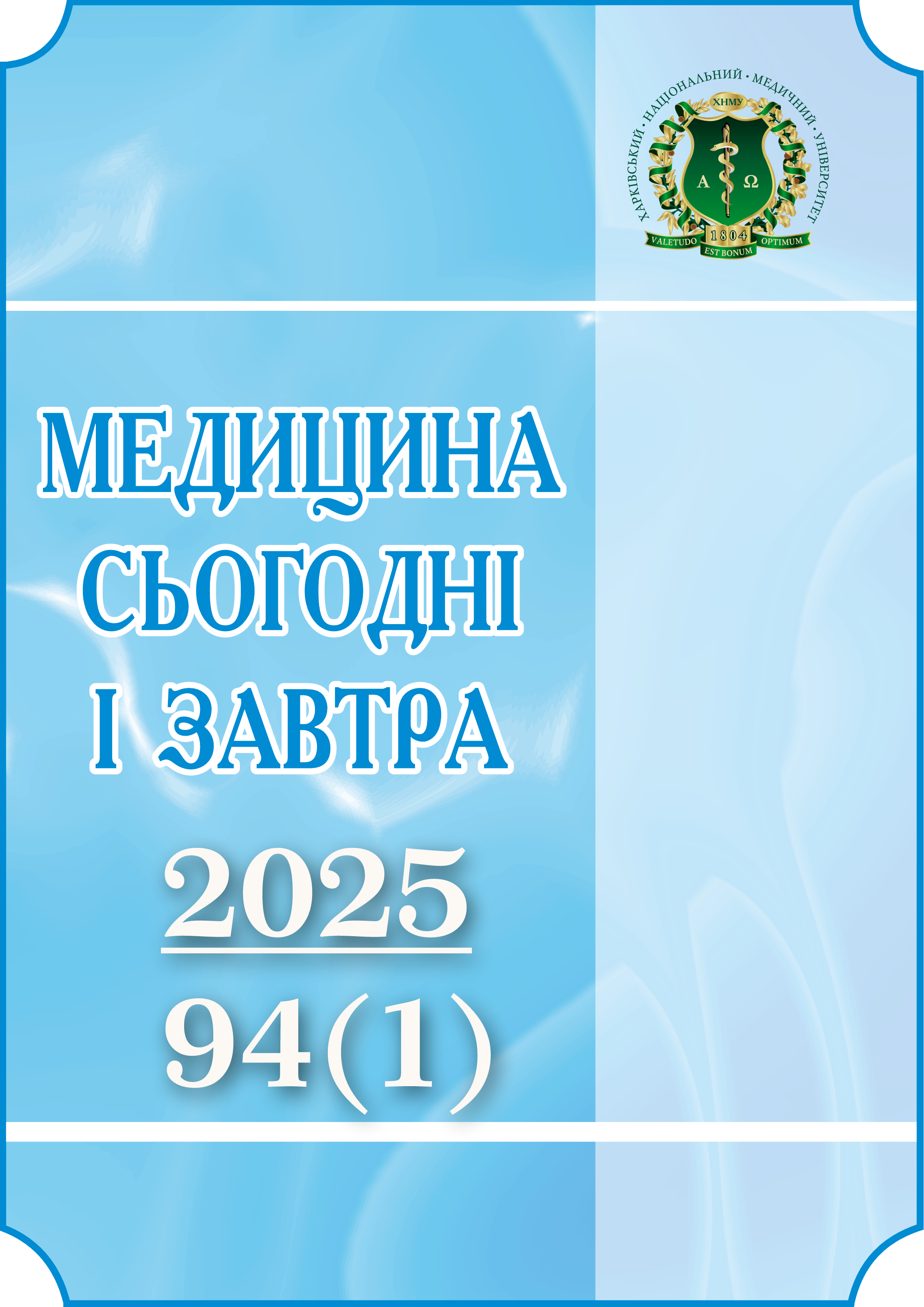Abstract
The paper provides a comparative characteristic of the heart structure and functions in normotensive (white outbred rats) as well as Spontaneously Hypertensive Rats (SHR) aged 9 and 24 months. When microscopically studying the morpho-functional components of the heart left ventricle of white outbred rats, the histological picture and morphometric study data in them correspond to the normal structure of all layers of the heart wall, regardless of selected age of the animals, that enables them to be considered as a normotensive control. When microscopically studying the left ventricle of the heart of the SHRs in both age groups, changes of an adaptive nature were detected (hypertrophy of cardiomyocytes, hyperplasia and hypertrophy of smooth muscle cells of the arterial vessel wall, etc.), dyscirculatory and destructive processes, indicating the ruinous effect of long-term arterial hypertension on the heart structure and functions. These parameters progress with age, as indicated by exhaustion of adaptive signs in the form of atrophy of part of cardiomyocytes and smooth muscle cells in the walls of arteries, development of arteriolar hyalinosis. Thus, the data of microscopic study of the heart left ventricle structural components and morphometric indices allow the determination of the destructive effect of chronic arterial hypertension on the morpho-functional features of the heart left ventricle in SHRs of different age groups. Comparison of morphometric parameters between the SHR9 and SHR24 groups shows that during the aging process in SHR, the number of cardiomyocytes and the area of their nuclei, the stromal-parenchymal ratio, percentage of vessels, connective tissue and endomysium significantly change. The findings show that stable compensated hypertrophy in SHR aged 9 months progresses to heart failure and exhaustion of adaptive processes in cardiovascular system with age.
Keywords: chronic arterial hypertension, heart, microscopic studies, morphometric indices.
References
Mills KT, Stefanescu A, He J. The global epidemiology of hypertension. Nat Rev Nephrol. 2020;16(4):223-37. DOI: 10.1038/s41581-019-0244-2. PMID: 32024986.
Pallares-Carratala V, Ruiz-Garcia A, Serrano-Cumplido A, Arranz-Martinez E, Divison-Garrote JA, Moya-Amengual A, et al. Prevalence Rates of Arterial Hypertension According to the Threshold Criteria of 140/90 or 130/80 mmHg and Associated Cardiometabolic and Renal Factors: SIMETAP-HTN Study. Medicina (Kaunas). 2023;59(10):1846. DOI: 10.3390/medicina59101846. PMID: 37893564.
Al-Makki A, DiPette D, Whelton PK, Murad MH, Mustafa RA, Acharya S, et al. Hypertension pharmacological treatment in adults: A World Health Organization guideline executive summary. Hypertension. 2022;79:293-301. DOI: 10.1161/HYPERTENSIONAHA.121.18192. PMID: 34775787.
Harrison DG, Coffman TM, Wilcox CS. Pathophysiology of Hypertension: The Mosaic Theory and Beyond. Circ. Res. 2021;128:847-63. DOI: 10.1161/CIRCRESAHA.121.318082. PMID: 33793328.
Zhou B, Carrillo-Larco RM, Danaei G, Riley LM, Paciorek CJ, Stevens GA, et al. Worldwide trends in hypertension prevalence and progress in treatment and control from 1990 to 2019: A pooled analysis of 1201 population-representative studies with 104 million participants. Lancet. 2021;398:957-80. DOI: 10.1016/S0140-6736(21)01330-1. PMID: 35123692.
2021 ESC Guidelines for the diagnosis and treatment of acute and chronic heart failure: Developed by the task force for the diagnosis and treatment of acute and chronic heart failure of the European Society of Cardiology (ESC) with the special contribution of the Heart Failure Association (HFA) of the ESC. European Heart Journal. 2021;42(36):3599-726. DOI: 10.1093/eurheartj/ehab368. PMID: 34447992.
Brown DW, Giles WH, Croft JB. Left ventricular hypertrophy as a predictor of coronary heart disease mortality and the effect of hypertension. Am Heart J. 2000;140(6): 848-56. DOI: 10.1067/mhj.2000.111112. PMID: 11099987.
Lerman LO, Kurtz TW, Touyz RM, Ellison DH, Chade AR, Crowley SD, et al. Animal models of hypertension: A scientific statement from the American Heart Association. Hypertension. 2019;73(6):e87-120. DOI: 10.1161/HYP.0000000000000090. PMID: 30866654.
Jama HA, Muralitharan RR, Xu C, O'Donnell JA, Bertagnolli M, Broughton BRS, et al. Rodent models of hypertension. British Journal of Pharmacology. 2022;179(5):918-37. DOI: 10.1111/bph.15650. PMID: 34363610.
Kim SW, Roh J, Park CS. Immunohistochemistry for Pathologists: Protocols, Pitfalls, and Tips. J Pathol Transl Med. 2016 Nov;50(6):411-8. DOI: 10.4132/jptm.2016.08.08. PMID: 27809448.
Anderson RH, Webb S, Brown NA. Morphologic analysis of animal models of congenital heart disease. Progress in Pediatric Cardiology. 1998;9(3):139-53. DOI: 10.1016/S1058-9813(99)00002-8.
Kholova I. Cyto-Histopathological Correlations in Pathology Diagnostics. Diagnostics (Basel). 2022;12(7):1703. DOI: 10.3390/diagnostics12071703. PMID: 35885607.
Yan F, Robert M, Li Y. Statistical methods and common problems in medical or biomedical science research. Int J Physiol Pathophysiol Pharmacol. 2017;9(5):157-63. PMID: 29209453.

This work is licensed under a Creative Commons Attribution-NonCommercial-ShareAlike 4.0 International License.

